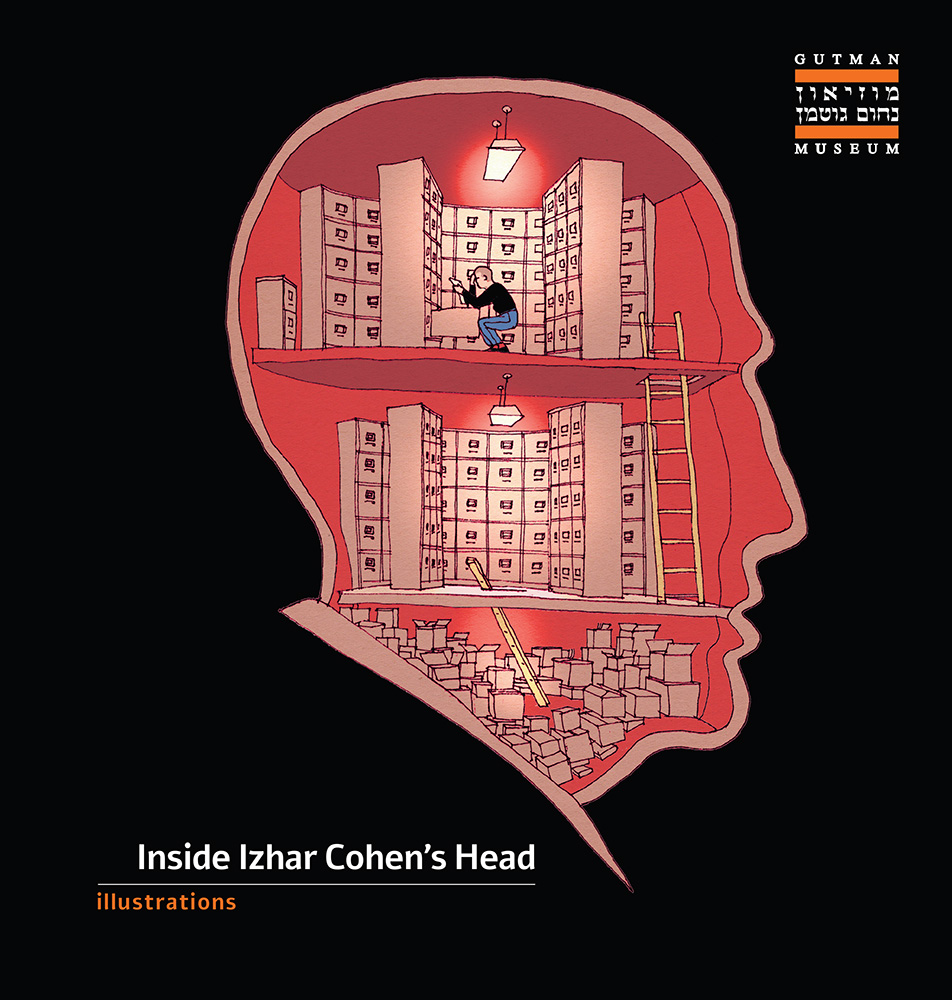Between December 7, 1982, and February 16, 2016, the state of Texas executed 534 inmates, 417 of whom issued a last statement. This January in the journal Frontiers in Psychology, psychologists Sarah Hirschmüller and Boris Egloff, both at Johannes Gutenberg University Mainz in Germany, published the results of their evaluation of most of the statements, which they put through a computerized text-analysis program called the Linguistic Inquiry and Word Count. The biggest finding was a statistically significant difference between the average percentage of positive emotion words (9.64) and negative ones (2.65). Is that a lot?
To find out, the psychologists compared this data set with a broad spectrum of written sources, including scientific articles, novels, blogs and diaries, consisting of more than 168 million words composed by 23,173 people. The mean of 2.74 percent positive emotion words for each entry was statistically significantly lower than that of the prisoners. In fact, these death-row inmates were more positive than students asked to contemplate their own death and write down their thoughts and even more positive than people who attempted or completed suicides and left notes. What does this mean?
Hirschmüller and Egloff contend that their data support terror management theory (TMT), which asserts that the realization of our mortality leads to unconscious terror, and “an increased use of positive emotion words serves as a way to protect and defend against mortality salience of one’s own contemplated death.” But if that were so, then why the difference between the inmates’ statements and those of suicide attempters and completers? Surely those about to kill themselves would be equally terrorized by the prospect of their imminent self-demise.
Context is key here. “Change the context slightly, and one often gets very different results in research on human behavior,” University of California, Berkeley, psychologist Frank J. Sulloway told me by e-mail when I queried him about TMT. “The really tricky thing with theories like this is not what to do with statistical refutations but rather what to do with supposed statistical confirmations. This problem previously arose in connection with psychoanalysis, and [German-born psychologist] Hans Eysenck and others later wrote books showing that those zealous psychoanalytic devotees testing their psychoanalytic claims systematically failed to consider what other theories, besides the one researchers thought they were testing, would also be confirmed by the same evidence.”
An alternative to TMT is one we might call emotional priority theory (EPT). Facing death focuses one’s mind on the most important emotions in life, two of which are love and forgiveness. Love is an emotional feature of human nature so potent it can be tracked with neurochemical correlates such as oxytocin and dopamine. In fact, as Rutgers University anthropologist Helen Fisher argues in the revised edition of Anatomy of Love (W. W. Norton, 2016), love is so powerful an emotion it can be addictive, like chocolate and cocaine.
In this alternative context of EPT, I conducted my own content analysis of all 417 death-row final statements. I found that 44 percent either apologized for their crimes or asked for forgiveness from the families present at the execution and that 70 percent included effusive love language. For example:
- To my family, to my mom, I love you.
- I appreciate everybody for their love and support. You all keep strong, thank you for showing me love and teaching me how to love.
- I want to tell my sons I love them; I have always loved them.
- I would like to extend my love to my family members and my relatives for all of the love and support you have showed me.
- As the ocean always returns to itself, love always returns to itself.
Not only were these men not terrorized at the prospects of death, 40 percent of them said they were looking forward to the next life in expressions like “going home,” “going to a better place” and “I’ll be there waiting for you.” TMT proponents counter that the terror is unconscious, revealed by expressions of positive emotions and afterlife beliefs. But is it not more prudent to presume that people say what they truly feel and believe in the seconds before their death and then prioritize those emotions and thoughts by what matters most? What would you say?



